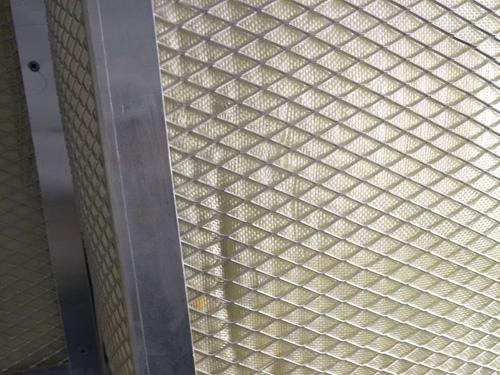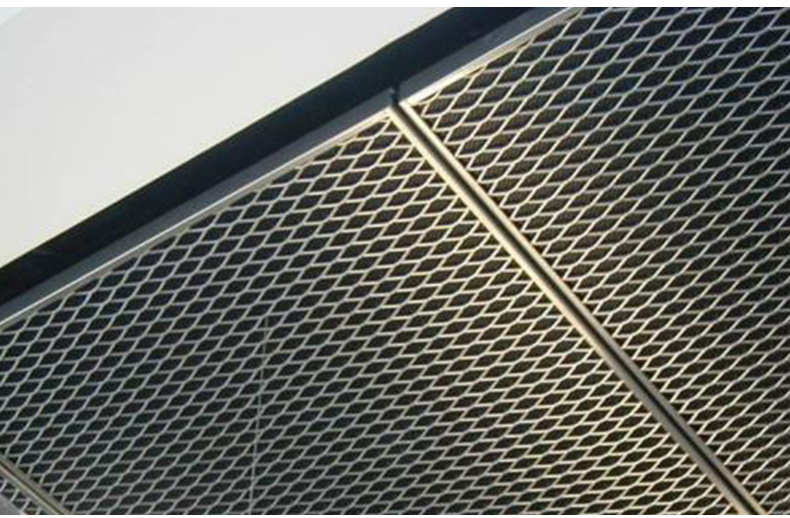In modern living, with the increasing demand for environmental comfort and acoustic performance, aluminum mesh designed for sound absorption has become an essential decorative material in many spaces. However, selecting the appropriate aluminum mesh for sound absorption requires careful consideration. In this article, we will share some key factors to consider when choosing aluminum mesh for sound absorption to help you make informed decisions.
Sound Absorption Performance
The first consideration is the sound absorption performance of the aluminum mesh. The sound absorption coefficient is a critical indicator, typically ranging from 0 to 1, with higher values indicating better sound absorption. Therefore, when selecting aluminum mesh, pay attention to its sound absorption coefficient to ensure it meets your specific requirements.

Aperture and Hole Pattern
The aperture size and hole pattern are crucial factors affecting the sound absorption effectiveness of aluminum mesh. Generally, smaller apertures and multiple-hole patterns can enhance the sound absorption performance. You can choose the appropriate aperture size and hole pattern based on your specific needs to achieve optimal sound absorption.
Material and Thickness
The material and thickness of the aluminum mesh also influence its sound absorption performance. Opting for aluminum mesh made from high-quality aluminum alloy typically results in better sound absorption. Additionally, thicker aluminum mesh usually exhibits better structural stability and durability, maintaining its sound absorption effectiveness over a longer period.
Installation Method
Consider how you intend to install the aluminum mesh, as it is an essential factor to ensure optimal sound absorption. Some aluminum mesh designs are intended for hanging, while others are designed for fixed installation. Selecting the appropriate installation method based on your specific requirements and installation environment will better meet your needs.
Appearance and Style
Lastly, consider the appearance and style of the aluminum mesh to ensure it complements your interior design aesthetics. Aluminum mesh typically offers various surface treatments, such as painting or anodizing, allowing you to choose a style that best suits your preferences and decor.

In conclusion, choosing the right aluminum mesh for sound absorption requires considering factors such as sound absorption performance, aperture and hole pattern, material and thickness, installation method, and appearance and style. By carefully comparing the performance and features of different products, you can select aluminum mesh that meets your sound absorption needs, providing a comfortable acoustic environment and enhancing your living experience.


